HOW TO FIND THE KEY OF A SONG
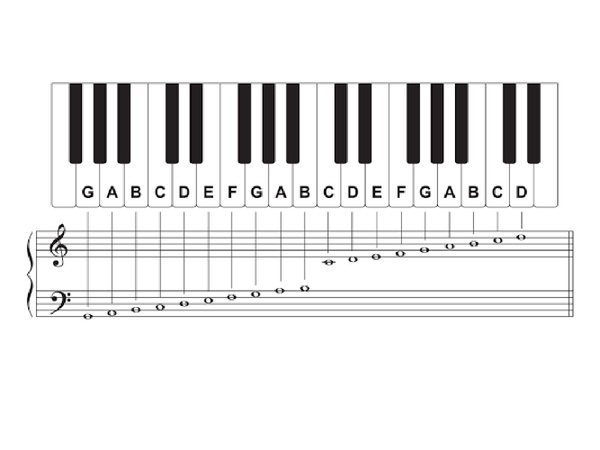
<p><br></p><p>What Does "Key" Mean in Music?</p><p><br></p><p>In music, the key of a song tells you the main group of notes and chords the song is built around. It gives the music its overall tonal center or "home base"—usually based on a specific note called the tonic (like C, G, A, etc.).</p><p><br></p><p>For example:</p><p><br></p><p>A song in the key of C major uses notes mostly from the C major scale (C-D-E-F-G-A-B).</p><p><br></p><p>A song in A minor uses notes from the A minor scale (A-B-C-D-E-F-G).</p><p><br></p><p>The key also gives you clues about the emotion or vibe of a song:</p><p><br></p><p>Major keys tend to sound happy or bright.</p><p><br></p><p>Minor keys tend to sound sad or moody.</p><p><br></p><p>---</p><p><br></p><p>How to Find the Key of a Song</p><p><br></p><p>Here are a few ways:</p><p><br></p><p>1. Listen for the "Home" Note</p><p><br></p><p>Try to hum or play the note where the song feels “settled” or resolved.</p><p><br></p><p>This is usually the tonic, which helps identify the key.</p><p><br></p><p>2. Look at the Chords</p><p><br></p><p>Identify the chords used in the song.</p><p><br></p><p>The first and last chords are often the key.</p><p><br></p><p>If you see chords like C, F, G, Am—it’s likely in C major.</p><p><br></p><p>If you see Am, Dm, E—it could be A minor.</p><p><br></p><p>3. Use a Piano or Guitar</p><p><br></p><p>Match the melody or chords to the notes on your instrument.</p><p><br></p><p>Figure out the scale that fits best with the melody/chords.</p><p><br></p><p>4. Use Software or Apps</p><p><br></p><p>Tools like Tunebat, Chordify, or DAWs with pitch/key detection (like Ableton, Logic, or FL Studio) can analyze audio and give you the key instantly.</p><p><br></p><p>5. Check the Key Signature (If You Have Sheet Music)</p><p><br></p><p>The key signature at the beginning of sheet music tells you which notes are sharp or flat, and that points to the key.</p>
Other insights from Shepherd Umele Obella
Referral Earning
Points-to-Coupons
Insights for you.





 258
258




























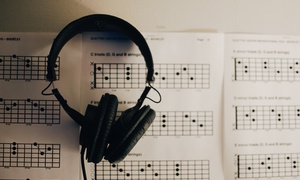








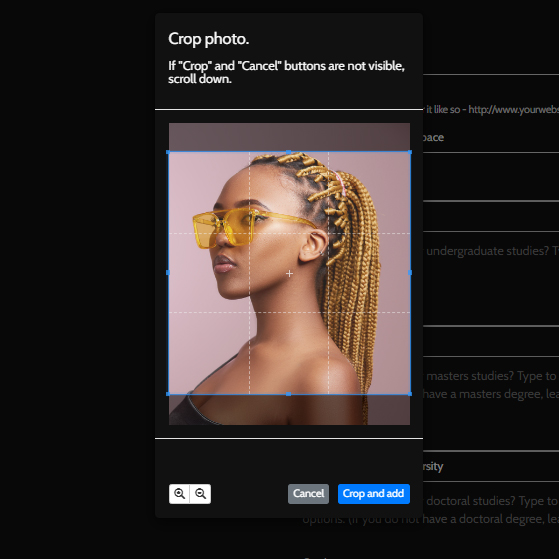
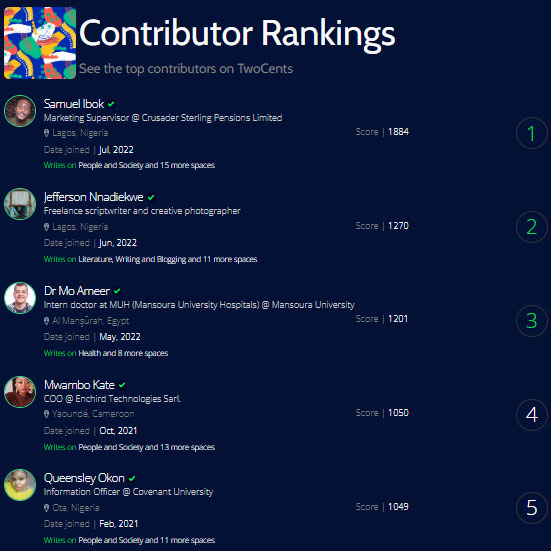


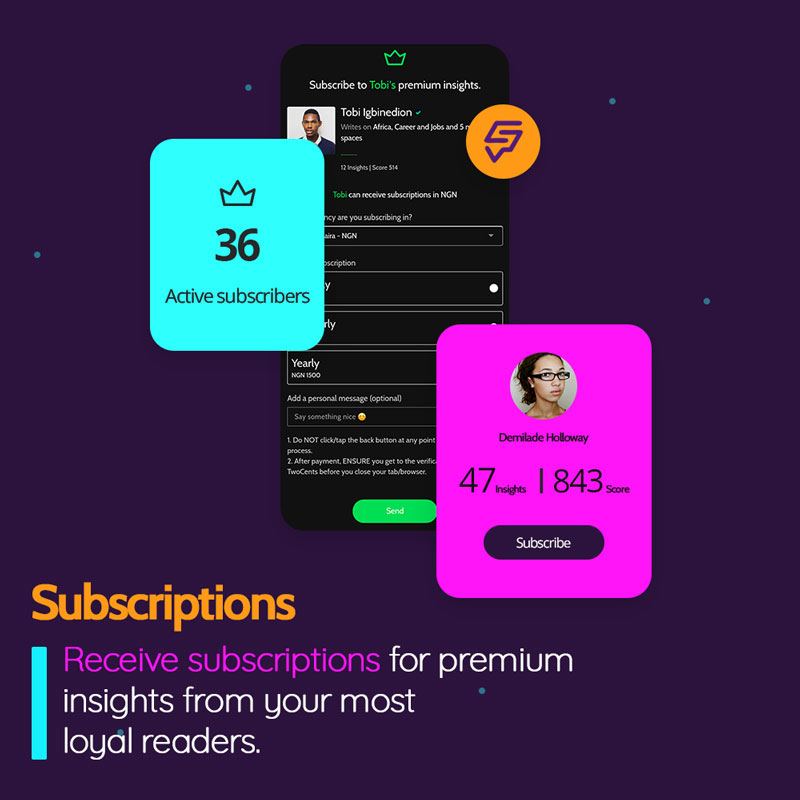
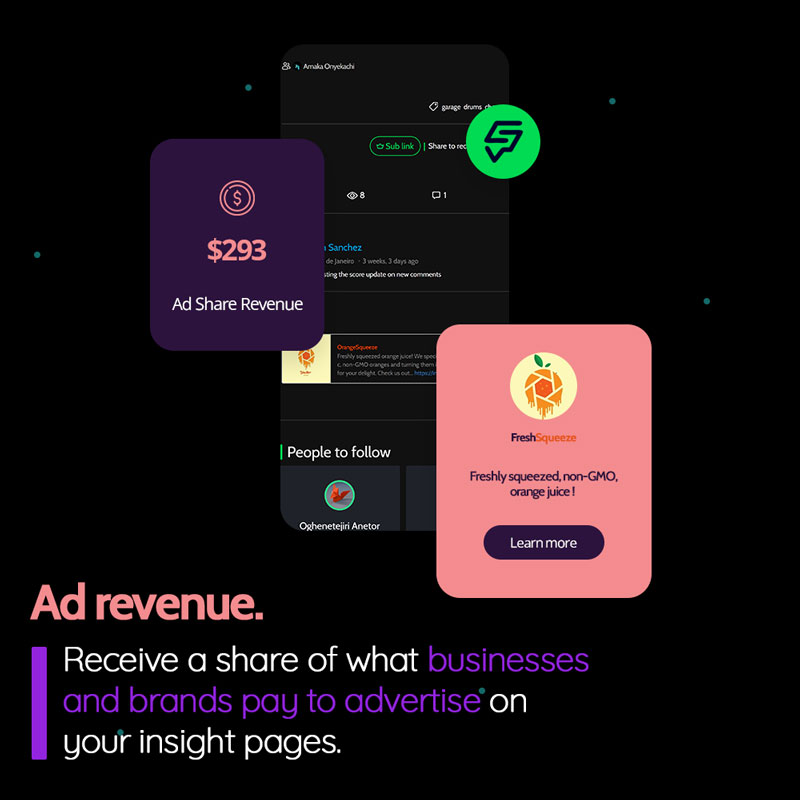


















Comments